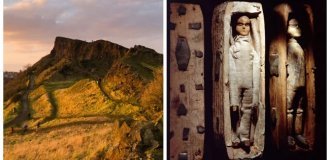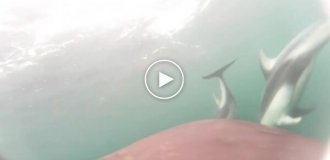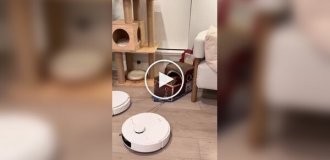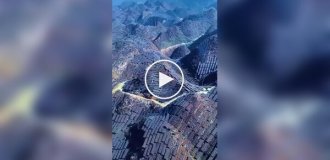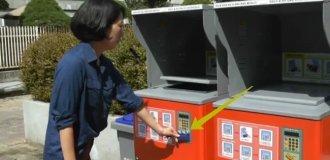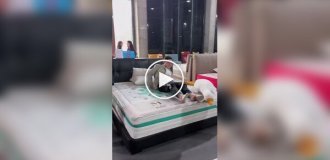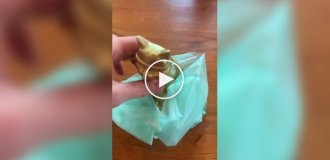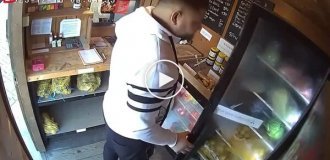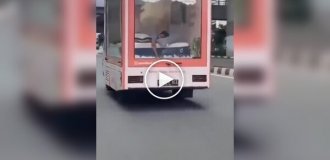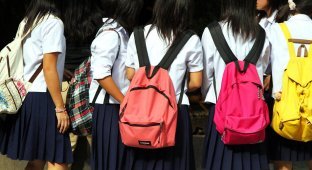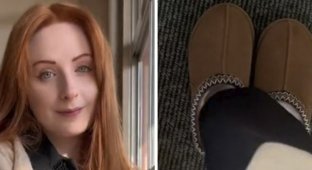How and what little Japanese learn at school (7 photos)
It is generally accepted that our modern schoolchildren are “overloaded” and have “no time to enjoy life.” However, everything is learned through comparison. Let's compare who has an easier life - our first-grader Kolya or the so-called little Hikaru. 
We have four quarters in the academic year, with four holidays between them. The Japanese school year begins on April 1 and has three terms: from April 1 to July 20, then from early September to December 25, and finally from January to the end of March. As you can see, the Japanese have more school days and fewer vacations. Why?
In Japanese elementary school (“shogakko”, “小学校”) there are the same number of subjects as in ours: the same reading and writing in the native language, arithmetic, singing, drawing, science and physical education. But!
Japanese elementary school consists of six grades, from 1 to 6, and children are required to go to first grade at the age of 6 years.
Japanese first-graders will have to learn “only” during the school year: the syllabic alphabet “hiragana” (46 basic characters, with additional characters - 104); plus the syllabic alphabet “katakana” (another 46 basic characters, with additional characters - 104); plus 80 “kyoku kanji” (“school hieroglyphs”) obligatory according to the school curriculum for grade 1, and most hieroglyphs have two meanings - “on” and “kun”. That is, a total of 104 + 104 + 80 x 2 = 368 “letters”. 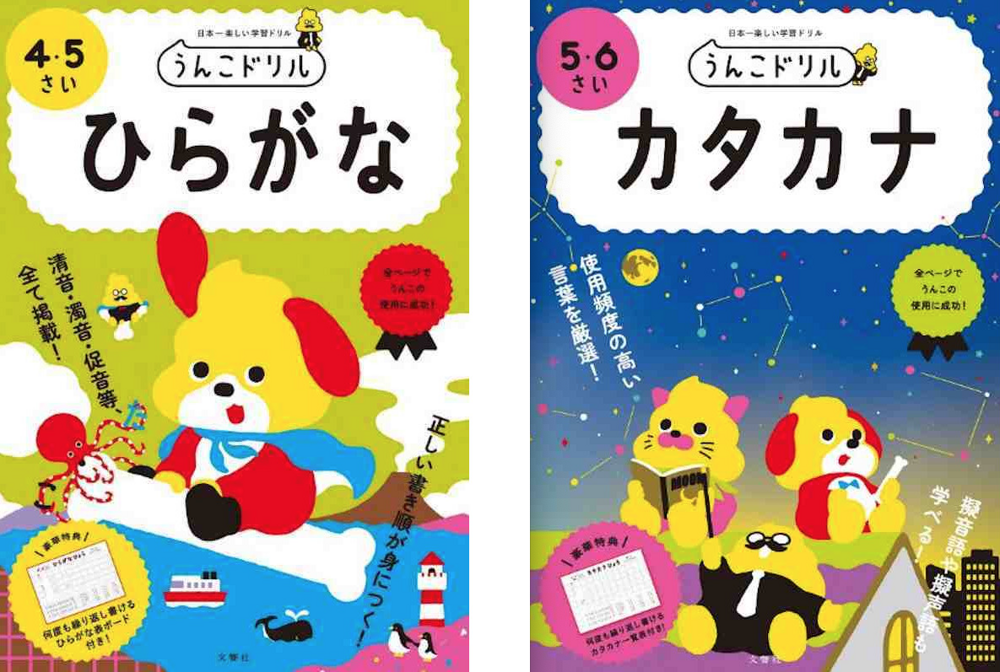
Hiragana textbook for children 4-5 years old and katakana textbook for children 5-6 years old
By the time he graduates from primary school (6th grade, 12 years old), a little Japanese child must know by heart hiragana, katakana and 1026 kanji characters (each with two meanings)!
What are "two meanings"? Well, imagine that the letter “A” is actually read as “a”, but inside some words it is read as “b”, and sometimes as “s”. Brad, really? And in Japanese this is “the norm of life.” 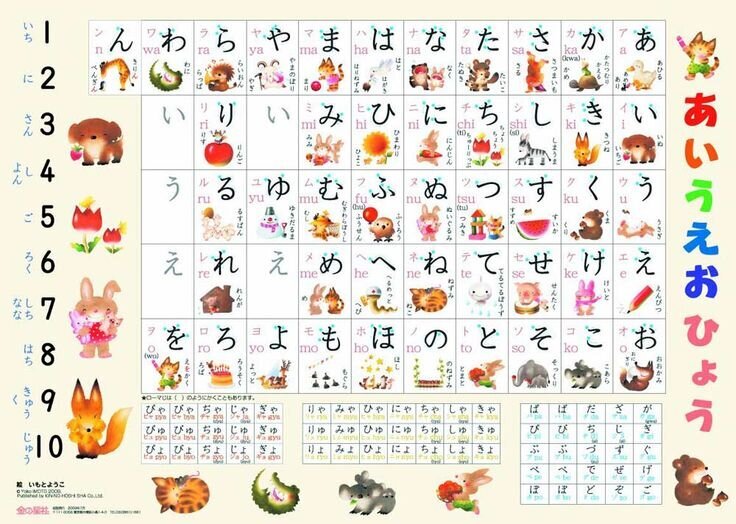
Japanese alphabet for little ones - only 104 syllables
The character "大" ("big, senior") in the word "大学" ("daigaku", "university") is read as "dai". And in the words “大人” (“otona”, “adult”) or “大きい” (“ookii”, “big”) - like “o” or “oo”.
The character "人" ("person") itself is read "hito"; however, in the word "大人" ("otona", "adult") it is read as "tona", in the word "日本人" ("nihonjin", "Japanese") - as "jin", and in the word "人形" (" ningyo”, “doll”) - like “nin”... And there are 80 of these “ambiguous puzzles” in first grade alone (remember, these are six-year-olds!). Not less. Further more!
From the third grade (8 years old), little Japanese begin to learn calligraphy (beautiful writing, calligraphy) in the “academic” style “kaisho” (“楷書”). And in the fourth grade they also begin to study the Latin transcription of the Japanese language - “romaji”. And this is in addition to the same inevitable arithmetic, singing, drawing, physical education, “neighbourhood”, English... 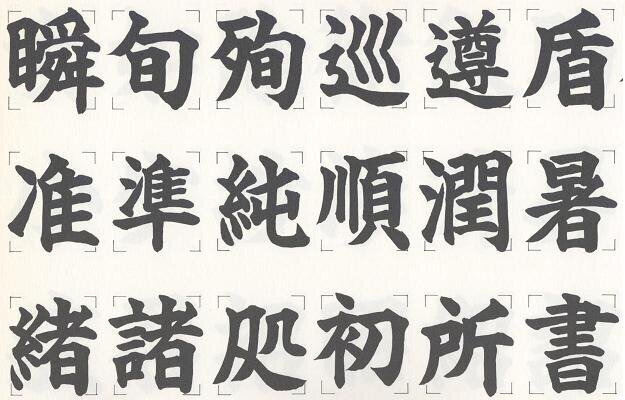
Kaishotai calligraphy for Japanese third graders
“But how can this be?” - you ask. What, do Japanese guys have some kind of special DNA in their “starter”? Are they two-core? Are they so much smarter and more memorized than, say, German first-graders? Not at all. Children of foreigners living in Japan (those who go to Japanese schools) study quite normally, on average no worse and no better than their Japanese peers. That is, genes and some special “eastern mentality” have nothing to do with it... 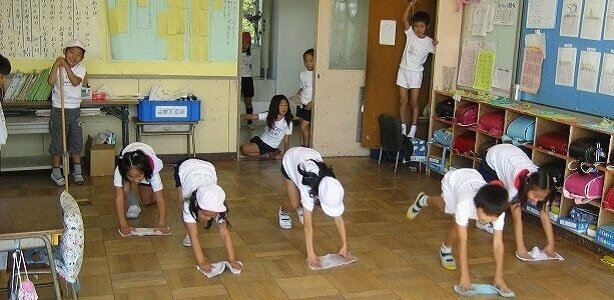
And Japanese schoolchildren clean up their classrooms after school... 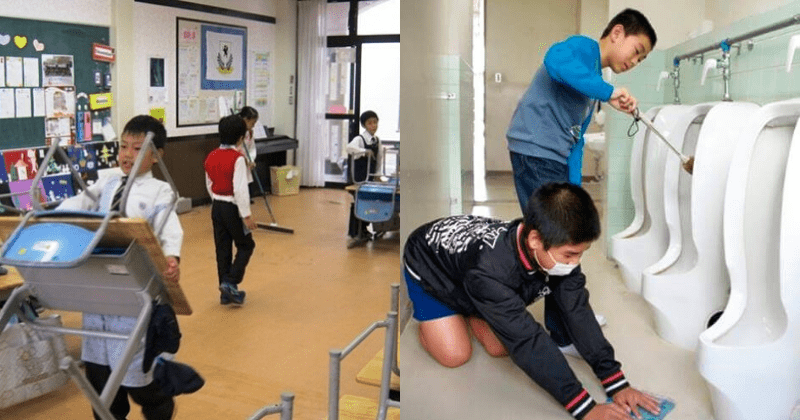
...and not just classes! 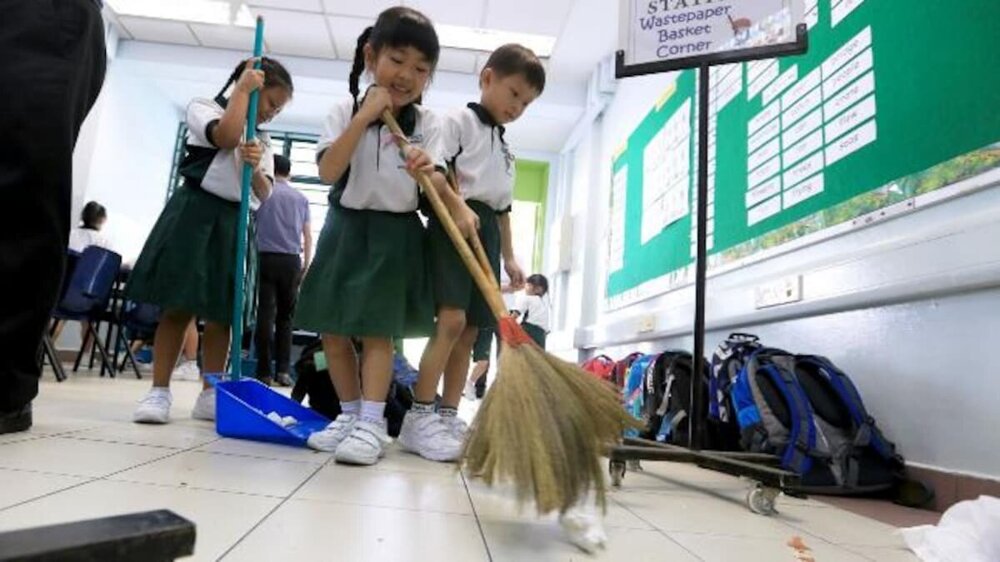
And no one is indignant - “when will my child study?”
By the way, yes, if someone suddenly thinks that Japanese schools are “magical”, with computers, robots and other super-duper sophisticated “electronic learning tools”, they are mistaken...
We will not draw conclusions. Let everyone make them themselves.
